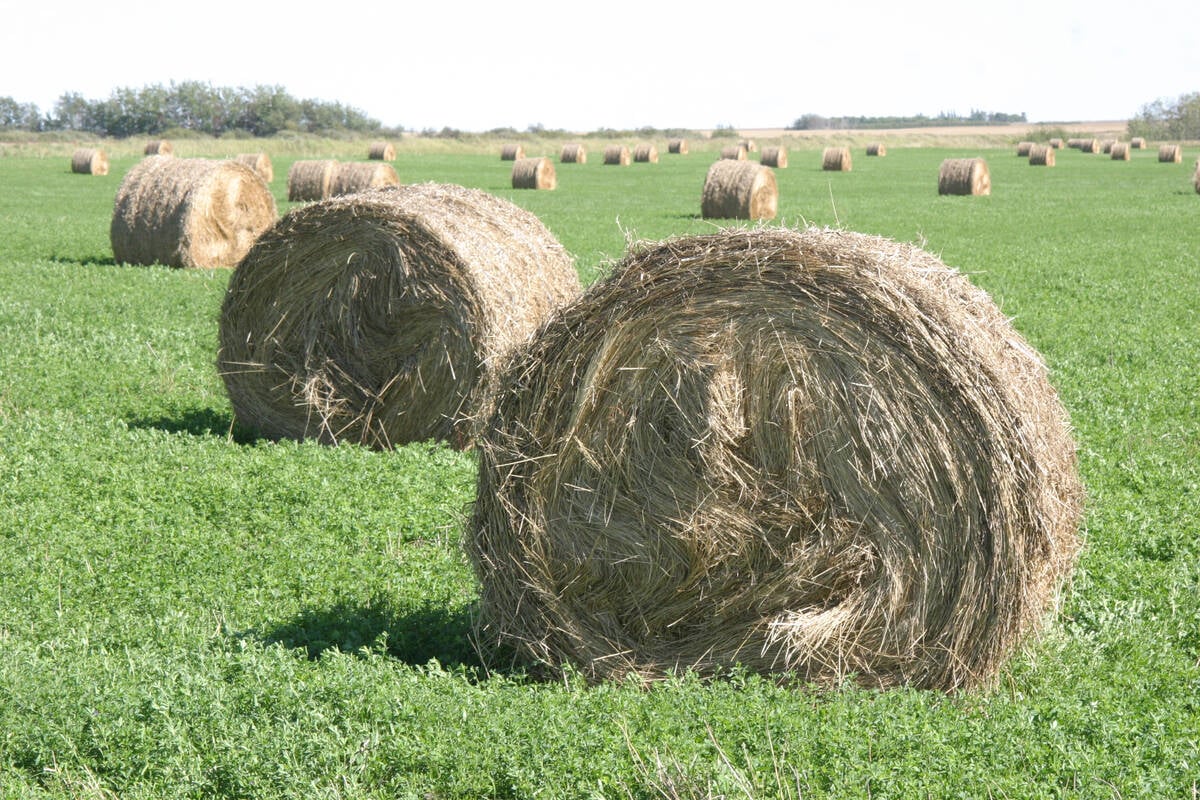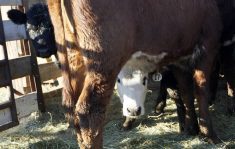CALGARY – Women counsellors who work with dysfunctional families have learned that violence is a great equalizer.
Violence is about power and doesn’t recognize gender, race, religion or income, said Naida Brotherson, director of the Calgary Women’s Emergency Shelter. She discussed violence during the recent Beijing-Alberta women’s conference, which is preparing delegates for the September world conference in China.
In Canada, few talk about what’s going on at home because of a fear of “not measuring up.”
Too often, friends, family and governments do not interfere in what is considered private family business, she said.
Read Also

Breaking down successful winter feeding into six steps
It’s that time of year when it is important to start planning for a cow herd’s winter feeding program. Here are six steps I think are necessary to consider when getting your feed tested.
Not only are women abused, but the disabled, elderly and children are subject to violence in the home. The last figures available revealed 5,000 cases of child abuse in Alberta in 1990. In Canada, four percent of the elderly have reported abuse.
Brotherson said many are afraid to leave an abusive home or seek refuge in a shelter.
“Most women are only too aware of the drop in income and therefore drop in status that occurs when women raise children alone in our society,” she said.
In families where children witness violence, women tell Brotherson they stay to protect their children and to save them from the trauma of being uprooted from their home, school and friends.
“I have been told time and time again that being hit a few times can be endured in order to ensure that their children have access to their familiar world,” she said.
The situation is similar for a senior citizen being abused by her family. She may be unable to leave because of economics or disability. She may fear the loss of contact with grandchildren. She may feel shame and disbelief that her own children would treat her badly.
Immigrants increasing
As the population of Canada shifts, counsellors also meet more immigrant women seeking help.
About 25 percent of those fleeing to Calgary shelters are immigrant women, said Carol Oliver of the Calgary Coalition on Family Violence. The coalition was set up to deal with abuse in immigrant families. These women may be poorly educated, don’t speak English and don’t know how to cross the barrier to self reliance. To help them, the Calgary Women’s Shelter offers services in 12 languages, said Brotherson.
Another situation that few talk about is abuse within same-sex couples. Psychologist Jane Oxenbury said there is a myth that women don’t commit violent acts but the rate of abuse in lesbian couples is equal to heterosexual couples.
An abused woman in this situation may keep quiet if she or her partner have children for fear they will be taken away when the status of the relationship is revealed. She may be afraid to confide in anyone because she could lose her job or be ridiculed, said Oxenbury.
There are three shelters each in Calgary and Edmonton and one in Red Deer. Most smaller centres in Alberta have either shelters, safe homes or referral services for those who need to escape and counselling is available for men and women.















